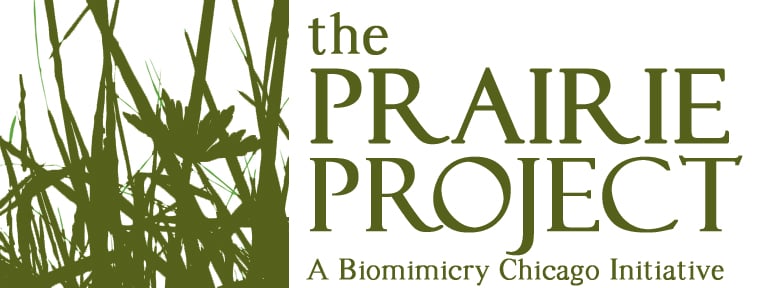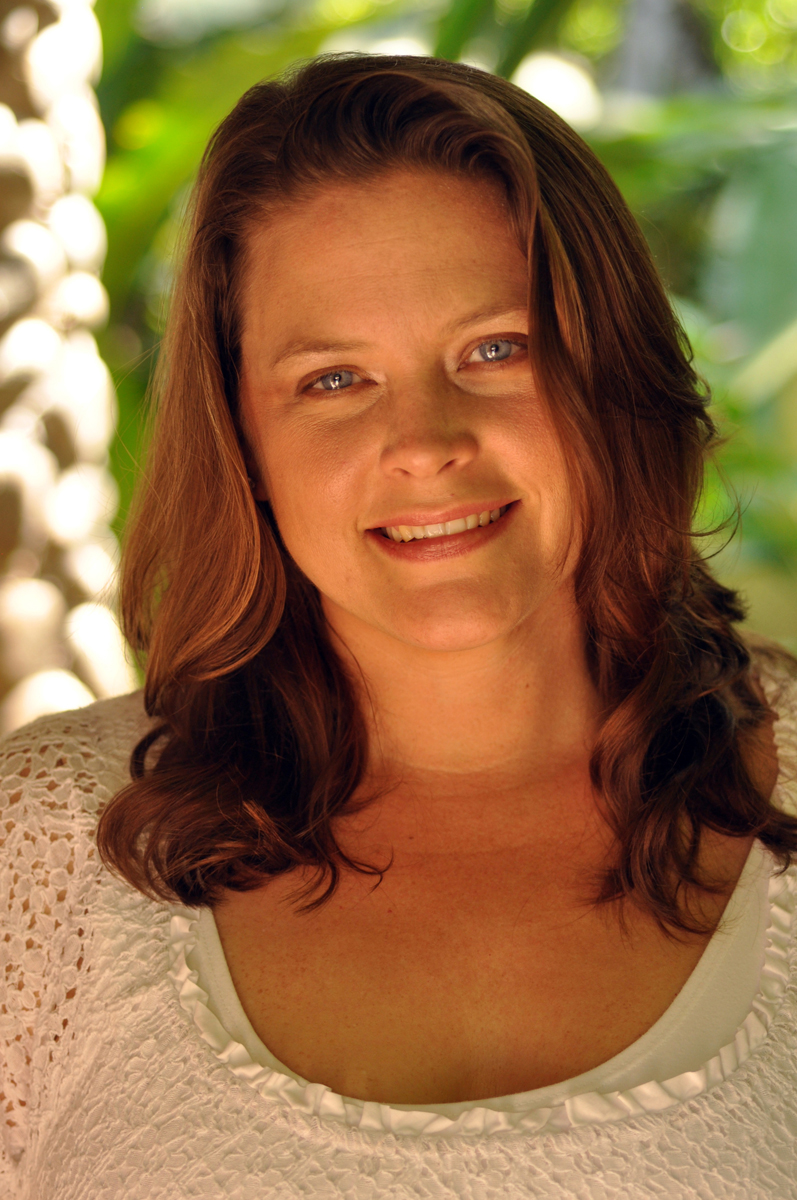
June 13, 2013
The Prairie Project
Learning from the nature to forward a more resilient, well-adapted Chicago
Have you ever sat in your home or office and wondered what your part of the world looked like before your community was there? What ecosystems and organisms sat where you do now and how did they adapt and thrive through the same challenges that we face today?
Our built environment faces many challenges in adapting to a changing climate, from storm water management and drought tolerance to energy use optimization and eliminating waste. By recognizing that our communities and cities have been built on, and in most cases destroyed, land that was previously occupied we can we learn from our native ecosystems to design more resilient, well-adapted communities.
Biomimicry is the practice of drawing inspiration from nature to solve the sustainable design challenges we face. This practice is especially relevant when we are challenged with adapting to regional and changing climate conditions. The Global Biomimicry Network, of which Biomimicry Chicago is a regional node, is co-creating a framework to assist designers, planners, and municipalities with making communities that are well adapted to the climatic and cultural place in which we live. We call this learning from the “Genius of Place.”
Biomimicry Chicago’s “Prairie Project,” named for the city’s native tall grass prairie ecosystem, is dedicated to providing the information and tools necessary for everyone from individual gardeners to businesses and municipal governments to (Re)Connect with nature and our sense of place, (Re)Learn the wisdom of our ancestors, and (Re)Think how we live and design in our bioregion.

· (Re)Connect
The “Prairie Project” was conceived to reconnect Chicagoans with our sense of place and to forward resilient, restorative design that is well-adapted to our region. Too often, our built environments offer protection through climate controlled buildings, sheltering us from the elements by constructing physical and metaphorical barriers between us and the natural world. Scientific research continues to prove that this disassociation is detrimental to our psychological and physical health. Our work with The Prairie Project starts by (Re)Connecting ourselves with the natural world.
· (Re)Learn
Through (Re)Connecting with nature and observing our ecological context, we can begin to (Re)Learn the wisdom of our evolutionary elders, those human and non-human species that through trial and error have thrived through adversity and become well-adapted to this place. By learning from patterns we find in nature, we can translate these lessons of resilience and local attunement into the language of business and design, making scientific information available at the boardroom or design table.
· (Re)Think
By looking to our native ecosystems as a benchmark to measure the performance of our developments, we can begin to create buildings, infrastructure, and cities that perform as well if not better than the ecosystems that they inhabit. Our vision is to collaborate with local designers, businesses, community groups, and the Global Biomimicry Network to co-create a series of design tools and measurable environmental performance standards to forward resilient, locally-attuned, and restorative developments in our region.
Just the Beginning…
Biomimicry Chicago has begun partnering with local universities, design firms, and community groups to develop and test the tools we are creating. One such partnership was with the Living Building Challenge Collaborative: Chicago, who hosted a local design competition. Biomimicry Chicago led a workshop where we told “Stories from the Prairie” and facilitated a “BioBrainstorming” session to give entrants a chance to play with nature’s design principles on their projects. This process inspired some interesting insights:
· Water and material resource sharing inspired by mycorrhizal fungi
· Building integrated, multi-surface water collection inspired by liverworts
· Self-renewing building materials inspired by the argiope spider
· Solar panel orientation inspired by sunflower seed heads
· Fire resistance inspired by oak tree bark
This process has an educational as well as design benefit. University design students participating in the competition were assigned a native species to research and investigate, thereby expanding their knowledge of the site’s history and (Re)Connecting them and their designs with a sense of place.
Learn More & Join Us“Genius of Place” initiatives are in progress worldwide. Visit biomimicrychicago.net http://www.biomimicrychicago.net/index.html to learn more about The Prairie Project where we are actively seeking researchers, educators, ecologists, designers, and funding partners to continue and expand this important work. Join a global network of biomimics at our Biomimicry Education Summit and inaugural Global Conference in Boston June 21-23!

Amy Coffman Phillips is co-founder, Biomimicry Chicago.





